
Nitrogen fixation, its types and mechanism
What is nitrogen fixation? The phenomenon of conversion of free nitrogen into nitrogenous salts to make it available for absorption by plants is called nitrogen […]

What is nitrogen fixation? The phenomenon of conversion of free nitrogen into nitrogenous salts to make it available for absorption by plants is called nitrogen […]
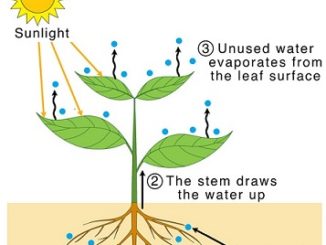
Plants absorb a large quantity of water from the soil by root hairs and only a small part (1-2%) of this water is utilized by […]
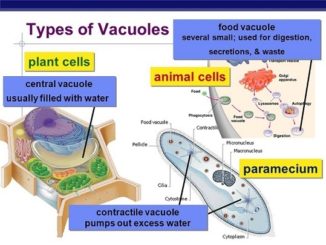
Vacuoles are membrane bound cell organelles found almost in all the cells. They are small in animal cells whereas fungi and plants have large vacuoles. […]
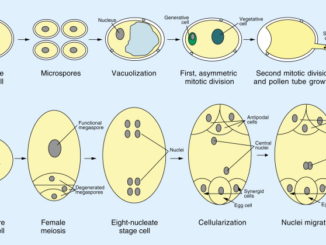
A gametophyte is the haploid phase in the life cycle of a plant that produces gametes. The process of formation of gametes or germ cells […]
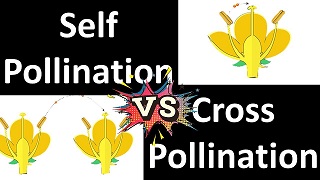
S.N. Self-pollination Cross-pollination 1. Transfer of pollen grains from anther to the stigma of the same flower (typical self-pollination) or another flower of the same […]
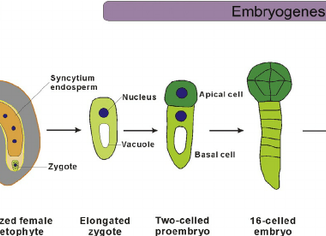
The fusion of male gamete and female gamete in sexual reproduction is called fertilization. In angiosperms, the female gamete lies deep in the ovarian cavity, […]
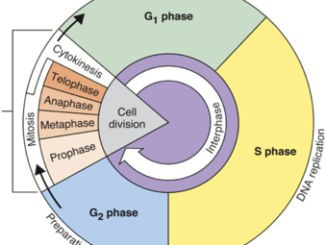
Life starts as a single cell called zygote or fertilized egg in all multicellular organisms. Living organisms grow by addition of new cells that arise […]
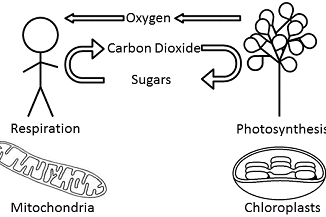
S.N. Photosynthesis Respiration 1. It is an anabolic process in which simple inorganic substances react to synthesize complex organic food. It is a catabolic process […]
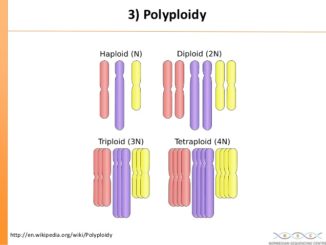
Mutation caused by the change in the number of chromosomes in an organism is called ploidy or genomatic mutation. It is further of two types: […]
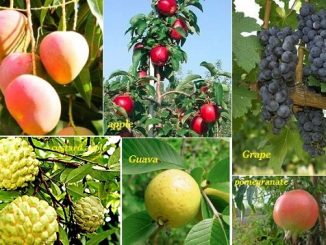
Fruit is a characteristic feature of all the flowering plants (angiosperms) which usually develops after fertilization. In some plants fruits may develop without fertilization. Such […]
Copyright © 2025 | WordPress Theme by MH Themes